Transport and combat helicopter AAC Penetrator: the price is high, the characteristics are low
Historical reference
The American Aircraft Corporation business was founded in the late eighties, but its roots go back to the beginning of that decade. It was then that a group of enthusiasts founded the company Phalanx Corporation, which promised to create a fundamentally new military aircraft. The product Phalanx Dragon was supposed to combine the best qualities of airplanes and helicopters. Such results were planned to be obtained at the expense of special means of controlling the flow of the machine, based on the most new and promising technologies.
In the mid-eighties, the Falanks company repeatedly showed models of the promising Dragon at the exhibitions, talked about the unusual interest in this project and looked for investors. However, real successes were absent. The project documentation was presented to the Pentagon, but the military was not interested in the original proposal. Despite this, the company continued to work and even proposed concept projects of aircraft for civil aviation. Thanks to them, new investors were found, but the projects did not move further than layouts and advertising.
At this stage, the company almost had problems with supervisory authorities. According to statements by the management of Phalanx, promising projects received strong support from private and commercial investors, but such funding was suspicious. The steady impression was created that millions of dollars of investments exist only on paper. However, this time the merchants managed to ward off suspicion.
Soon the company Phalanx proposed to the US military department a project of a transport-combat helicopter Hind-16C / ST Aggressor. This car was built on the basis of the serial multi-purpose Bell UH-1, and the main differences were the use of a new fuselage of a futuristic look and an original set of weapons. The Pentagon is again not interested in the proposal, and the fate of the company "Phalanx" was in question.
In 1988, Phalanx Corporation sold a part of its development to a newly created company AAC for a nominal sum. This deal looked extremely interesting or even suspicious, since both companies were listed in the same people. However, at this stage, no one had any questions, and the development of helicopter technology took the old engineers from the new company.
Project Penetrator
The helicopter called "Aggressor" did not interest the military, but AAC decided to continue its development. The concept of deep modernization of the serial UH-1 had certain commercial prospects, and therefore remained relevant. However, further events show that the company-developer was not able to get all the desired results, and then followed very interesting events.
Based on the existing project, Hind-16C / ST decided to make a new one. Through this or that refinement, the existing helicopter was to be turned into a new car with different capabilities and characteristics. The goal of the project was still the creation of a transport-combat helicopter capable of attacking ground targets and carrying airborne troops. Some innovations were foreseen, primarily affecting the fuselage design and weapon complex. In its firepower, the new helicopter was supposed to surpass both the Aggressor and the basic modifications of the base UH-1.
The new project is called Penetrator - "Penetrating". In the future, due to certain unpleasant events around the development company, the helicopter was renamed Aerocraft Stealth Star 204 SS. However, the name change did not affect the design of the machine, and also did not affect its fate.
The development of the Penetreytor project lasted for several years, and in 1991, AAC presented the first prototype. In October of the same year, the car first took to the air. The first flight was an excellent opportunity to launch the next stage of the advertising campaign. The helicopter was predicted a great future, talked about the imminent purchase of such equipment by the army, and also noted a lot of technical and operational advantages.
Huey Modernization
The Aggressor and Penetrator helicopters were based on the seriously redesigned design of the multi-purpose machine Bell UH-1 Iroquois / Huey. The latter was a very successful platform, which confirmed its capabilities in the sixties. The use of ready-made components and assemblies to some extent simplified the development of new combat helicopters, and also reduced the cost of the project.
The Penetrator helicopter was actually an upgrade option for the existing Aggressor. The basis of the new project was the same conceptual and layout solutions, as well as existing units. Among other things, this led to a great similarity of appearance. In this case, two cars could be distinguished by the shape of the nose fairing. Penetreytor had a sharp nose with a longer closed part.
At the heart of the "Penetrating" were separate components and assemblies of serial UH-1 modifications "B" and "D". From the base machine there are only a part of the frame with a tail boom, transmission and some other systems. Above the remnants of the "Huey" it was proposed to install a new protected fuselage with all the necessary weapons, places for the crew and the landing, etc. In this case, both new combat helicopters differed from the base layout.
In the project AAC Penetrator was used changes the fuselage of the "Aggressor", which had a characteristic angular shape. This was supposed to reduce radar visibility. The fuselage was proposed to be assembled from composite panels that provided protection from bullets and fragments. In the forward part of the fuselage, a double crew cabin remained, however, in contrast to the UH-1, the pilots were placed one after the other under a common lantern. The central part of the fuselage contained a habitable compartment with seats for the landing and side shooters. Especially for the latter in the sides provided for large angular blisters. Above the manned compartment housed power plant aggregates. The new tail boom only remotely resembled the Huey element.
On the central part of the sides of the fuselage, next to the habitable compartment, provided for the installation of wing wings with pylons for weapons. On the tail boom there was a horizontal stabilizer with a variable installation angle. Under the bottom of the preserved standard ski chassis.
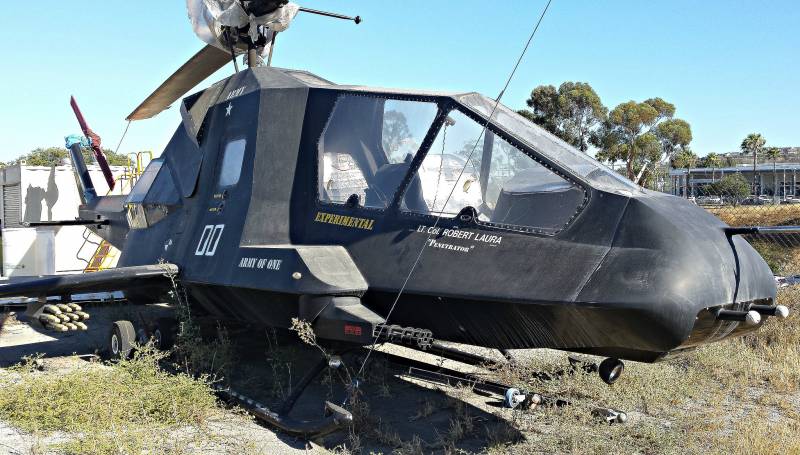
The nose of the helicopter. Well visible machine gun turret and mock rocket weapons. Photo 477768.livejournal.com
AAC Penetrator helicopter received powerplant and propellers from a UH-1H helicopter. Avco Lycoming T53-L-13 turboshaft engine with 1300 horsepower was used. Through a serial-type transmission, he spun the rotor and tail rotor into rotation. The designers used a two-bladed main rotor with a diameter of 14,7 m, as well as a two-bladed steering with a diameter of 2,6 m.
One of the main tasks of the project was to obtain the highest possible firepower, and it was decided in a non-trivial way. On the sides of the cockpit, at the level of the bottom, provided for a pair of remote-controlled installations for small weapon. Two more such devices are located near the tail boom. Six-barreled rifle-caliber machine guns were mounted on prototype installations. The development company claimed that large-caliber machine guns or even automatic cannons with the caliber 20 mm could be used instead.
The specific location of the four machine gun installations allowed the helicopter to fire almost in any direction. Two turrets on the sides of the cabin were responsible for the front hemisphere and were controlled by pilots. Rear devices were controlled by arrows and were intended to attack targets from behind.
Under the wing of the helicopter there were several points for weapons suspension. The payload on the external sling was determined in 2500 pounds (1135 kg). It was proposed to use launchers with unguided rockets or bombs or guided systems of various types. It was alleged that the helicopter would be able to attack both ground and air targets.
The AAC Penetrator’s own crew was to consist of four people. It included two pilots located in the front cockpit, as well as two arrows. The latter were located in the rear fuselage and were responsible for the use of weapons. Next to the arrows, the helicopter was supposed to carry several paratroopers with weapons. For landing and disembarkation were intended two folding side doors.
The resulting helicopter had a total length of 14,9 m with a wingspan of 6,1 m. The height of the propeller hub was 4,17 m. The dry weight of the car was 2,36 t, the maximum take-off was 3,86 t. The estimated maximum speed reached 315 km / h, cruising 225 km / h. The ceiling was determined in 5,5 km, the flight range - 770 km. Thus, according to the flight characteristics, the new transport-combat helicopter should, at a minimum, not be inferior to the existing models of its class.
Money and Forgery
In October, 1991, the company AAC conducted the first test flight of the newest helicopter Penetrator and immediately launched a new phase of its advertising campaign. The loudest statements sounded. The development company claimed that the American military would order the equipment immediately after the tests, and then contracts with other countries were expected. It was said about the upcoming restructuring of many hundreds of UH-1 helicopters into transport and combat vehicles.
From the "Penetrating" they made a sensation, among other things, of commercial interest. The American Aircraft Company was looking for new investors willing to invest in a more than promising project, promising big dividends. As it became known later, the company was able to find new shareholders and with their help get the desired funding. Shareholders were regularly acquainted with the success of another experienced helicopter and convinced of the correctness of the investments made.
A similar situation persisted until 1993. The tests of the experienced AAC Penetrator came to an end, but the future order of the Pentagon was still present only in the speeches of the company representatives. Based on the desire to keep investors, the company announced the signing of another contract. It was alleged that the new helicopter under the new name Aerocraft Stealth Star 204 SS will be built under license in South Korea. However, as it soon turned out, no American-Korean agreement existed. It was just an advertising move - and, besides, not quite fair.
In parallel with the continuation of the "work" on the Penetrator helicopter, AAC company "designed" a multipurpose convertiplane called the Patriot. This machine was supposed to compete with the Bell V-22 Osprey; first flight planned for 1995 year. A demonstration model was built, but the new project could not be brought even to flight tests.
The activities of AAC interested government bodies. In addition, investors were dissatisfied with the results of the work of this company. For several years, they were promised fast contracts for the supply of serial equipment and a percentage of profits, but real documents still did not appear. The situation became more complicated every day and eventually led to logical consequences.
In 1994, American Aircraft Corporation launched a bankruptcy procedure, and the following year, the situation went to court. The company found a number of violations, which resulted in injured shareholders. The court determined that the development company did not provide investors with objective information about its project, and also went for fraud. In particular, the shareholders did not have accurate test data.
For example, the actual maximum speed reached only 140 km / h - much less than estimated and promised. Similarly, the situation was with other characteristics, including the payload and martial qualities. Quickly enough, on the test, it turned out that the existing engine would not give the desired flight data and payload, but the project authors did not take any measures and continued to mislead investors. Excessive vibrations of the structure, which were a threat, appeared on most flight modes.
For several years, shareholders were told about the testing by the army, while in fact the Pentagon in 1991 refused to support the project. There was no need to talk about any contract. It is likely that the military immediately suspected something was wrong and did not spend public money on dubious private offers. The story of licensed production in South Korea also turned out to be fiction, aimed at reassuring old shareholders and attracting new ones.
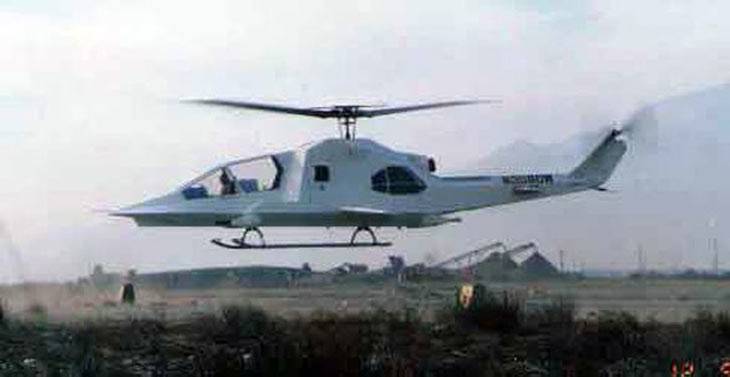
"Penetreytor" in flight. Photo Diseno-art.com
By decision of the court, AAC was closed. Several of its leaders had to pay a fine. The property of a closed organization went under the hammer. Among other things, those wishing to sell two experienced helicopter - Agressor and Penetrator. Now both helicopters are in private collections. At the beginning of the last decade, they were restored and now serve as monuments to themselves and their creators, who were not distinguished by honesty. In addition, two helicopters several times participated in the filming of movies.
***
With almost all the information about the situation around the American Aircraft Corporation and its projects, it is possible to draw certain conclusions. From the point of view of technology, the Penetrator transport-combat helicopter was extremely unfortunate, although it could attract attention. Already at the testing stage, it became clear that the existing engine could not provide the desired flight performance, and the armament complex proved to be overly complex and questionable from the point of view of use. The presence of a large number of weapons and troops also did not contribute to obtaining high performance.
To obtain acceptable characteristics and capabilities, the existing Penetreytor helicopter needed the most serious refinement. It should start with a change in the power plant and the restructuring of the transmission in accordance with the new requirements. However, a deep modernization of the helicopter did not seem to be included in the plans of the developer company.
Apparently, the project Penetrator from AAC had only one goal - to attract funding. With just one real prototype with dubious characteristics and without any prospects, a private firm for several years found money to continue the work, which was to find new investors. However, such activities could not last forever, and for the systematic deception of shareholders, the company was closed in court. An unsuccessful project ruined its creator and hurt overly gullible investors.
On the materials of the sites:
http://airwar.ru/
http://diseno-art.com/
https://snafu-solomon.com/
https://warhead.su/
https://sec.gov/
https://secretprojects.co.uk/
https://477768.livejournal.com/
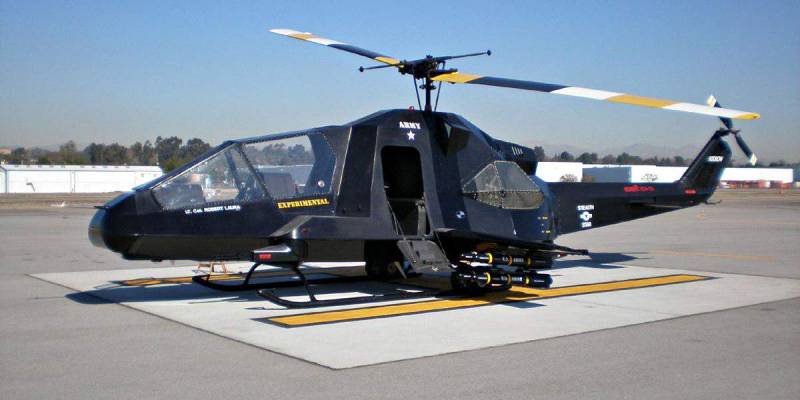
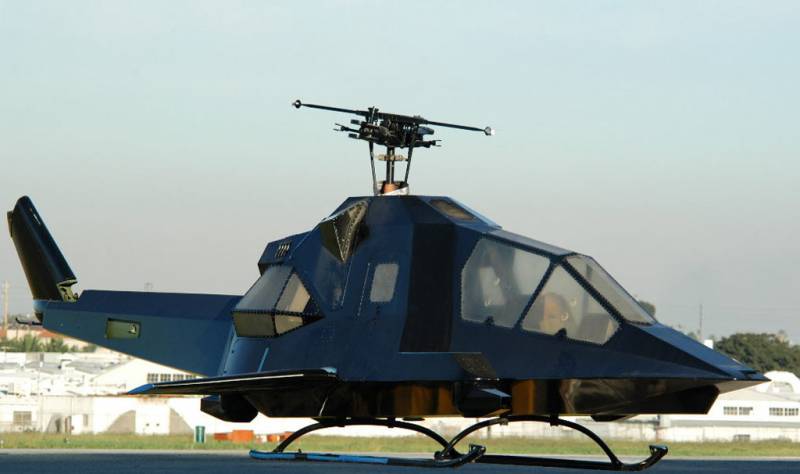
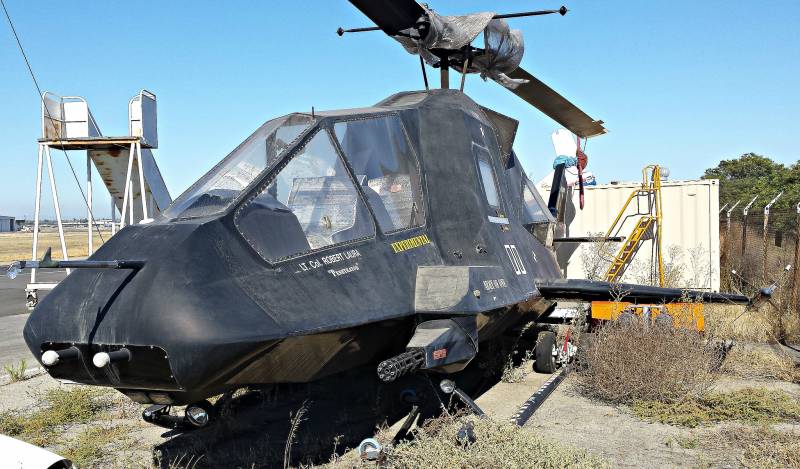
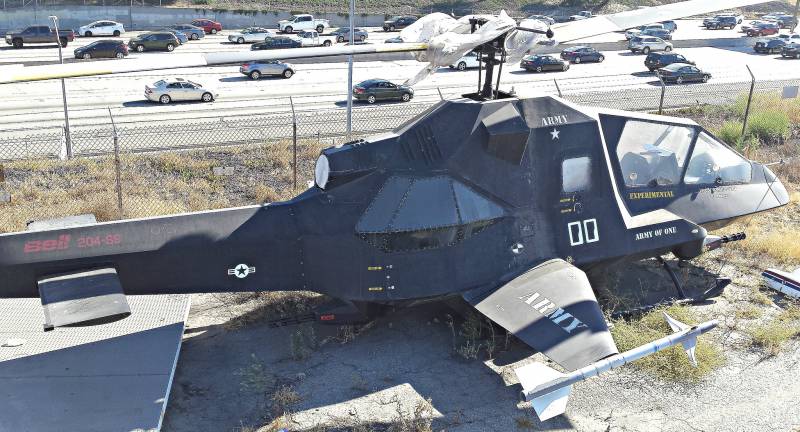
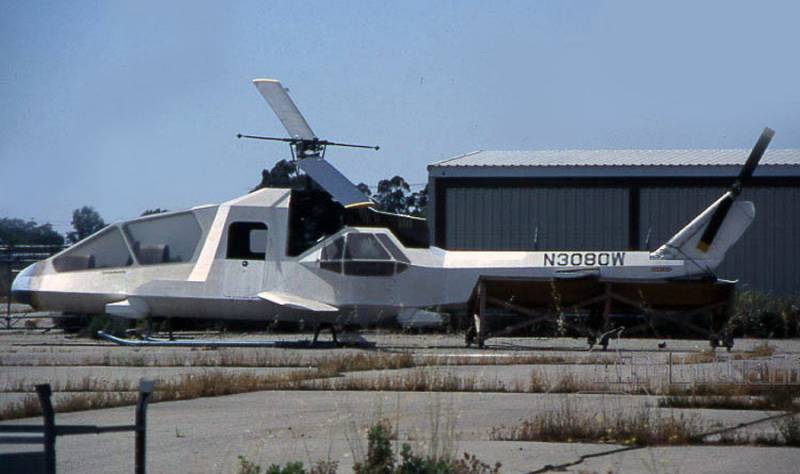
Information